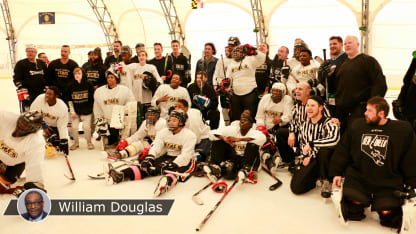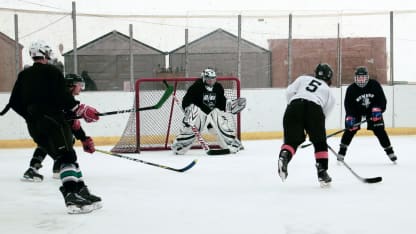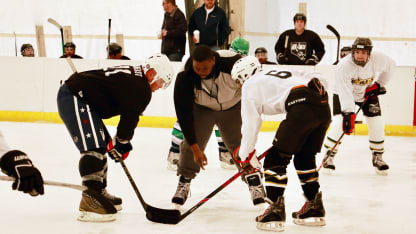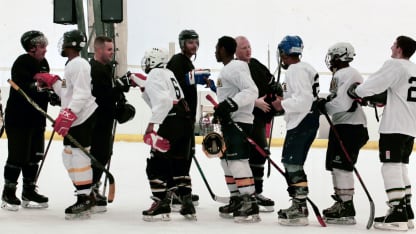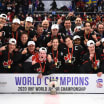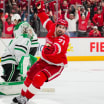William Douglas has been writing The Color of Hockey blog for the past eight years. Douglas joined NHL.com in March 2019 and writes about people of color in the game. Today, he looks at a recent charity game between the Baltimore Banners, a minority-oriented youth hockey team, and the Sentinels, a team of Baltimore first responders.
Color of Hockey: Charity game builds bridges in Baltimore
Match between minority youth team, first responders promotes goodwill, understanding
